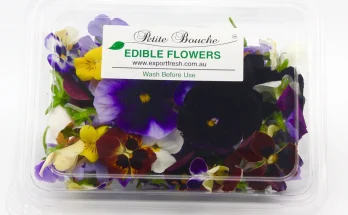
Sunflowers say “summer” like no other plant.
Sunflowers are known for evoking a feeling of positivity because of their large, yellow blooms. They stand tall—taller than many other garden blooms—and always seem to perk up our moods. You may already be a fan of these familiar sunny flowers,
Sunflowers are native to the Americas. Historically, they have been used for medicine, dye, food, and oil. There are more than 60 varieties of sunflowers that live around the world.
Sunflowers are dynamic because they grow in various shapes, sizes and colors. Some varieties have striped petals and others different interior shades.

A universal fact most people know is sunflowers are yellow. However, a sunflower’s pigment does not stop there. Sunflowers can even be red and purple!
Today, many people use sunflowers as inspiration for fashion, art and home decor.
When it comes to these classic yellow blooms, there is much more than meets the eye. Below are some interesting facts about Sunflowers.
- The iconic yellow petals and fuzzy brown centers are actually individual flowers themselves. As many as 2,000 can make up the classic sunflower bloom.
- Sunflowers typically grow between 5 and 12 feet tall (not counting cute little dwarf sunflowers.) They can reach full height in as little as six months.
3. Each sunflower can contain as many as 1,000 to 2,000 seeds.
4. In their bud phase, sunflowers exhibit a unique trait called heliotropism, with which the bud of the sunflower faces the sun at all times throughout the day, starting the day facing east and ending it facing west. Incredible right?

5. Sunflowers can remove toxins, such as lead, arsenic, and uranium, from contaminated soil. They are a natural decontaminator of soils and have been used to clean up soil at some of the world’s biggest environmental disasters, including Chernobyl and Fukushima.
6. The sunflower is the state flower of Kansas and the national flower of Ukraine.
7. The sunflower is the only flower with the word “flower” in its name.
When you imagine a sunflower, what do you see?







